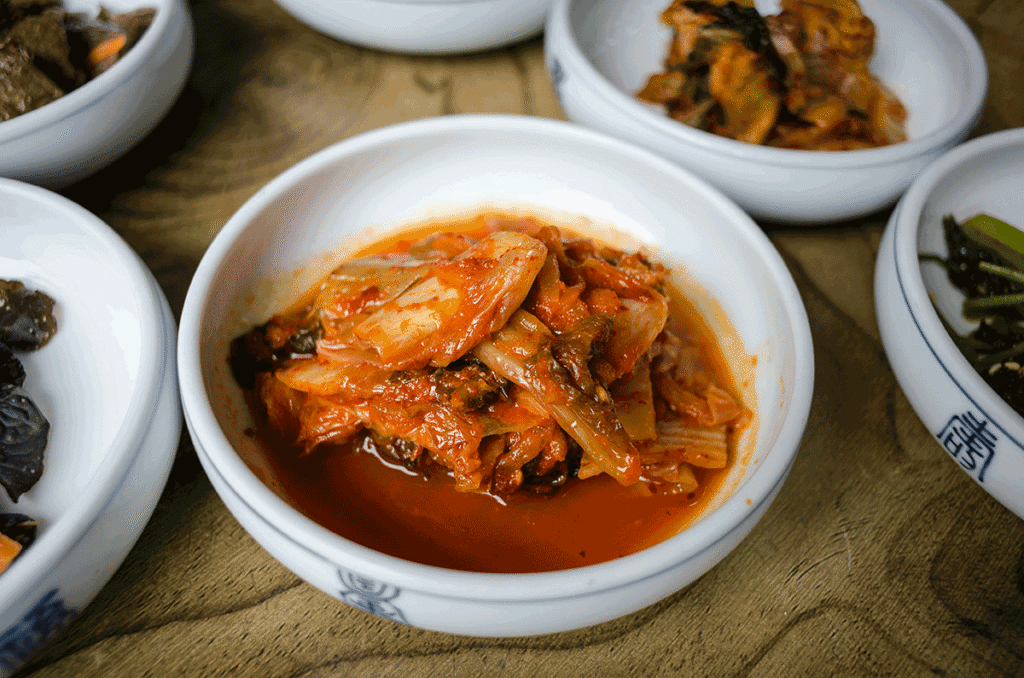
Kimchi is a traditional Korean food made by fermenting vegetables with seasonings like garlic, ginger, and chili flakes. The most common version uses Napa cabbage, but there are many regional and seasonal varieties. Known for its bold, tangy flavor and spicy kick, kimchi is served at almost every Korean meal, either as a side dish or part of a main course.
In addition to its flavor, kimchi is praised for its health benefits. The fermentation process produces probiotics, which support gut health and digestion. It’s also a good source of vitamins A, B, and C, and the garlic and chili offer natural antimicrobial properties. Over the years, kimchi has gained popularity around the world and is now enjoyed in all kinds of dishes, from rice bowls to tacos.
Making kimchi at home has become more popular as people look for easy ways to try fermentation. With just a few ingredients and a little time, you can make your own version that suits your taste.
This easy homemade kimchi recipe uses napa cabbage, Korean chili flakes, and a bold seasoning paste to create a tangy, spicy fermented side dish.
Cut the cabbage into 1/2-inch-wide strips, or to your preference.
Put the cabbage in a big bowl and sprinkle it with salt. Use your hands to work the salt into the cabbage until it begins to soften. Pour in enough water to fully cover the cabbage. Place a plate on top, then weigh it down with something heavy like a jar or can of beans. Let it sit for 1 to 2 hours.
Rinse the cabbage under cold water three times. Set it aside in a colander and allow it to drain for 15 to 20 minutes.
Wash and dry the bowl used earlier for salting. Combine the garlic, ginger, sugar, and either fish sauce, shrimp paste, or water, mixing until it forms a smooth paste. Add the gochugaru, using 1 tablespoon for a milder flavor or up to 5 tablespoons for more heat (about 3 1/2 tablespoons gives a good kick). Set the paste aside until the cabbage is ready.
Mix the vegetables with the spice paste. Lightly squeeze out any excess water from the cabbage and add it to the paste, along with the radish and scallions.
Use your hands to carefully work the paste into the vegetables until everything is evenly coated. Gloves aren't required, but they’re a good idea to help avoid irritation, staining, and lingering smells.
Spoon the kimchi into a clean 1-quart jar, pressing it down firmly as you go. As you pack it in, the brine should rise to cover the vegetables—make sure there’s at least an inch of space left at the top. Once packed, seal the jar tightly.
Place a small plate or bowl under the jar to catch any possible overflow. Let it sit at a cool room temperature, away from direct sunlight, for 1 to 5 days. During this time, bubbles may form and some brine might leak out.
Check on the kimchi once a day. Open the jar and press the vegetables down with a clean spoon or finger to keep them submerged and release any built-up gases. Taste it daily, too. Once it reaches a flavor you’re happy with, move it to the fridge. You can eat it right away, but the flavor improves even more after a week or two.